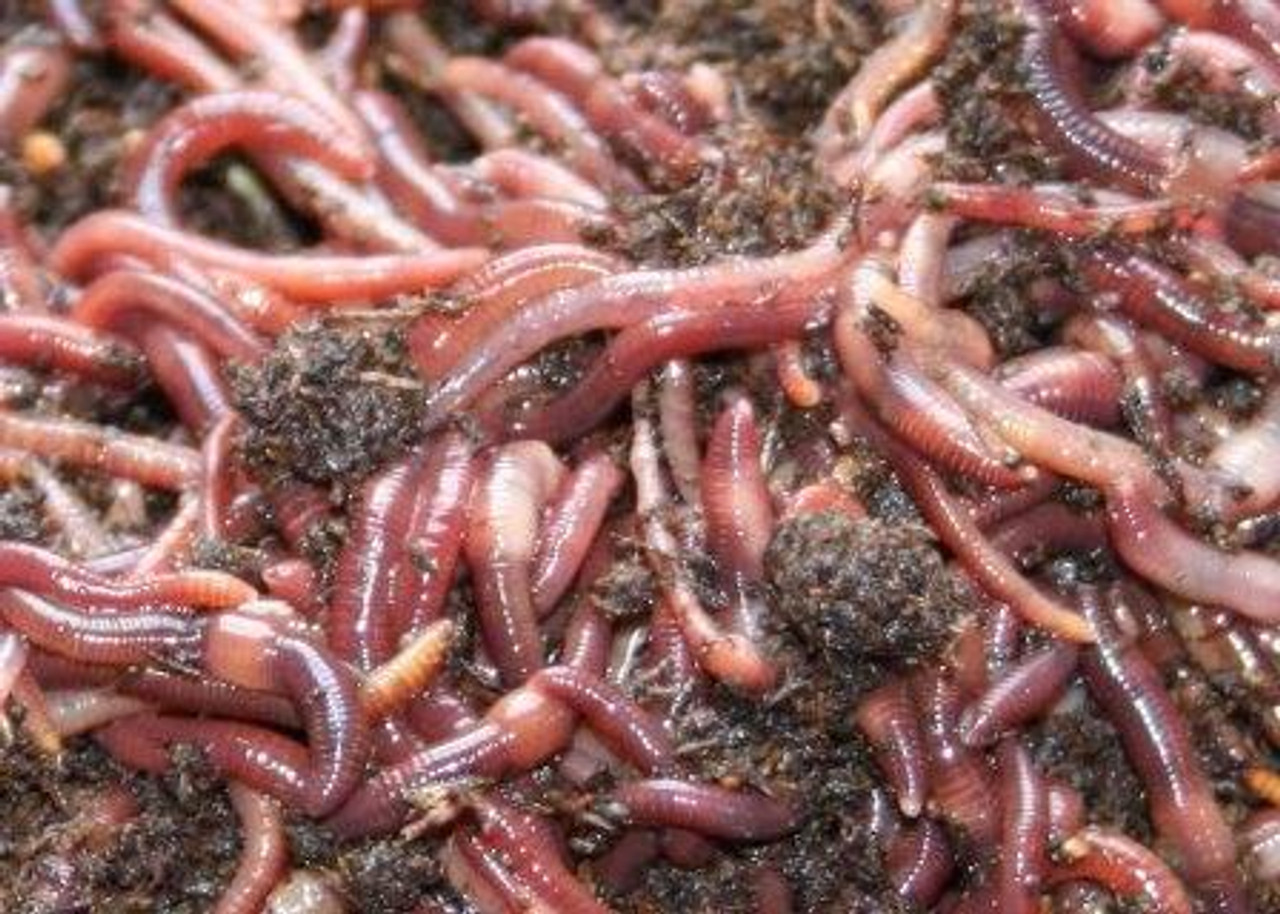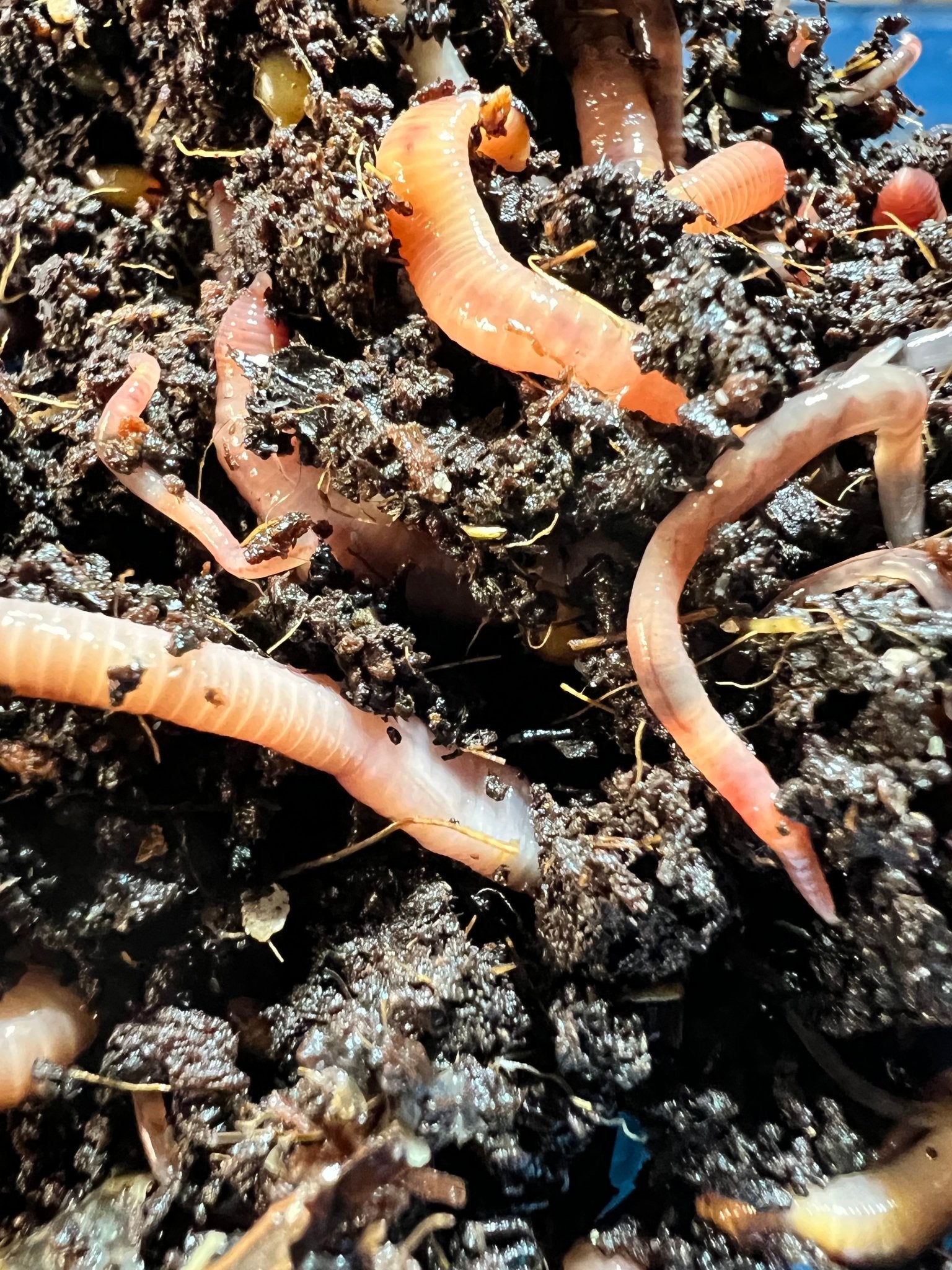Red Wiggler Express: Premium Worms Delivered Conveniently
Red Wiggler Express: Premium Worms Delivered Conveniently
Blog Article
Red Wigglers 101: Whatever You Need to Know for Thriving Gardens
Red wigglers, or Eisenia fetida, play a crucial function in lasting horticulture techniques, offering as reliable decomposers that transform natural waste right into beneficial vermicompost. Recognizing their environment, nutritional preferences, and the myriad advantages they offer can change your horticulture technique (Red Wiggler Express). As these worms prosper in certain problems, their treatment and administration are essential for optimizing their payments to dirt health and wellness. The inquiry stays: what steps can you require to harness the complete capacity of these amazing organisms in your own yard?
Comprehending Red Wigglers

Red wigglers thrive in atmospheres abundant in natural material and wetness. Red Wiggler Express. They possess a distinct digestion system that allows them to process food scraps swiftly, excreting spreadings that are loaded with necessary nutrients such as nitrogen, phosphorus, and potassium. These spreadings boost dirt framework, boost water retention, and foster advantageous microbial activity, every one of which contribute to robust plant wellness
Furthermore, red wigglers can survive in varied problems, making them versatile to various gardening techniques, including indoor and outdoor composting systems. Their capacity to take in huge amounts of natural waste day-to-day positions them as useful allies for both home garden enthusiasts and business farmers. By integrating red wigglers into gardening efforts, one can substantially improve dirt fertility and assistance lasting horticulture techniques.
Ideal Habitat for Red Wigglers
Producing an ideal atmosphere for red wigglers is important for optimizing their composting capacities and total wellness. Red wigglers prosper in wet, dark, and well-aerated habitats, which closely resemble their natural surroundings in leaf trash and decaying raw material. An appropriate environment should give a temperature array in between 55 ° F and 77 ° F(13 ° C to 25 ° C), as severe temperature levels can worry or hurt the worms.
The bedding material, such as shredded newspaper, cardboard, or coconut coir, ought to be kept wet however not excessively damp, as extreme moisture can lead to anaerobic problems harmful to worm health and wellness. Additionally, a pH level between 6.0 and 7.5 is optimal, ensuring a balanced atmosphere.
Correct oygenation is equally essential; it permits oxygen circulation and prevents the build-up of dangerous gases. A container or bin designed for vermicomposting should have water drainage holes to remove excess dampness and advertise air flow. Regular surveillance of these conditions is necessary for keeping a flourishing red wiggler population, eventually enhancing their efficiency in damaging down organic waste and enhancing garden dirt.
Dietary Requirements and Preferences

Red wigglers display specific choices; they are specifically keen on softer, disintegrating products over harder or more coarse substances. It is necessary to stay clear of feeding them citrus peels, onion, and garlic in huge amounts, as these can be harmful. Furthermore, meat, dairy products, and oily foods must be excluded, as they can draw in bugs and produce unpleasant odors.
(Hickory NC Worms For Sale)Environment-friendly materials, such as vegetable scraps, give nitrogen, while brown materials, like cardboard and dried fallen leaves, supply carbon. By providing to their dietary demands, gardeners can foster a prospering populace of red Red Wiggler Express wigglers in their compost systems.
Benefits of Making Use Of Red Wigglers
The exceptional advantages of utilizing red wigglers in horticulture prolong far beyond their function in composting. These flexible organisms contribute significantly to soil health and wellness, improving nutrient schedule and advertising microbial task. By freshening the soil as they burrow, red wigglers boost water drainage and root infiltration, producing an ideal environment for plant development.
Additionally, red wigglers are effective recyclers of organic waste, transforming it into nutrient-rich castings that act as an outstanding all-natural plant food. These castings have beneficial microorganisms and essential nutrients, such as nitrogen, phosphorus, and potassium, which are essential for plant advancement. The slow launch of nutrients from worm castings ensures a steady supply, decreasing the danger of nutrient leaching and advertising lasting gardening techniques.
Making use of red wigglers promotes a much more sustainable gardening technique by reducing reliance on chemical fertilizers and advertising a closed-loop system, where waste is transformed into useful sources. On the whole, including red wigglers right into horticulture techniques supplies a wide range of ecological and farming benefits.
(Red Wiggler Express)
Composting With Red Wigglers

To launch a successful vermicomposting system, pick a suitable container with correct ventilation and drain. The suitable setting for red wigglers consists of a moist, dark setup with temperature levels between 55 ° F and 77 ° F. Begin by layering shredded paper, cardboard, and food scraps, ensuring a well balanced mix of carbon and nitrogen-rich products.
Red wigglers thrive on vegetable peels, fruit scraps, coffee grounds, and eggshells, while preventing meat, dairy, and oily foods that can bring in bugs. Routinely monitor wetness levels; the bed linen ought to perspire however not soaked. Harvest worm castings every couple of months by separating the worms from the garden compost, which can after that be used straight in yards or kept for later usage.
Applying vermicomposting not only minimizes landfill waste yet likewise improves garden soil, advertising healthy plant growth and sustainable horticulture methods. Embrace this green approach to enhance your horticulture endeavors.
Conclusion
In summary, red wigglers are crucial microorganisms for enhancing garden productivity via effective composting. Their particular habitat requirements, dietary choices, and significant benefits add to sustainable horticulture practices. By using red wigglers, garden enthusiasts can substantially boost dirt top quality and nutrient availability, fostering healthier plant development. Welcoming the technique of vermicomposting not only supports waste decrease however also promotes an environmental balance within yard ecological communities, eventually leading to flourishing and resistant gardens.
Report this page